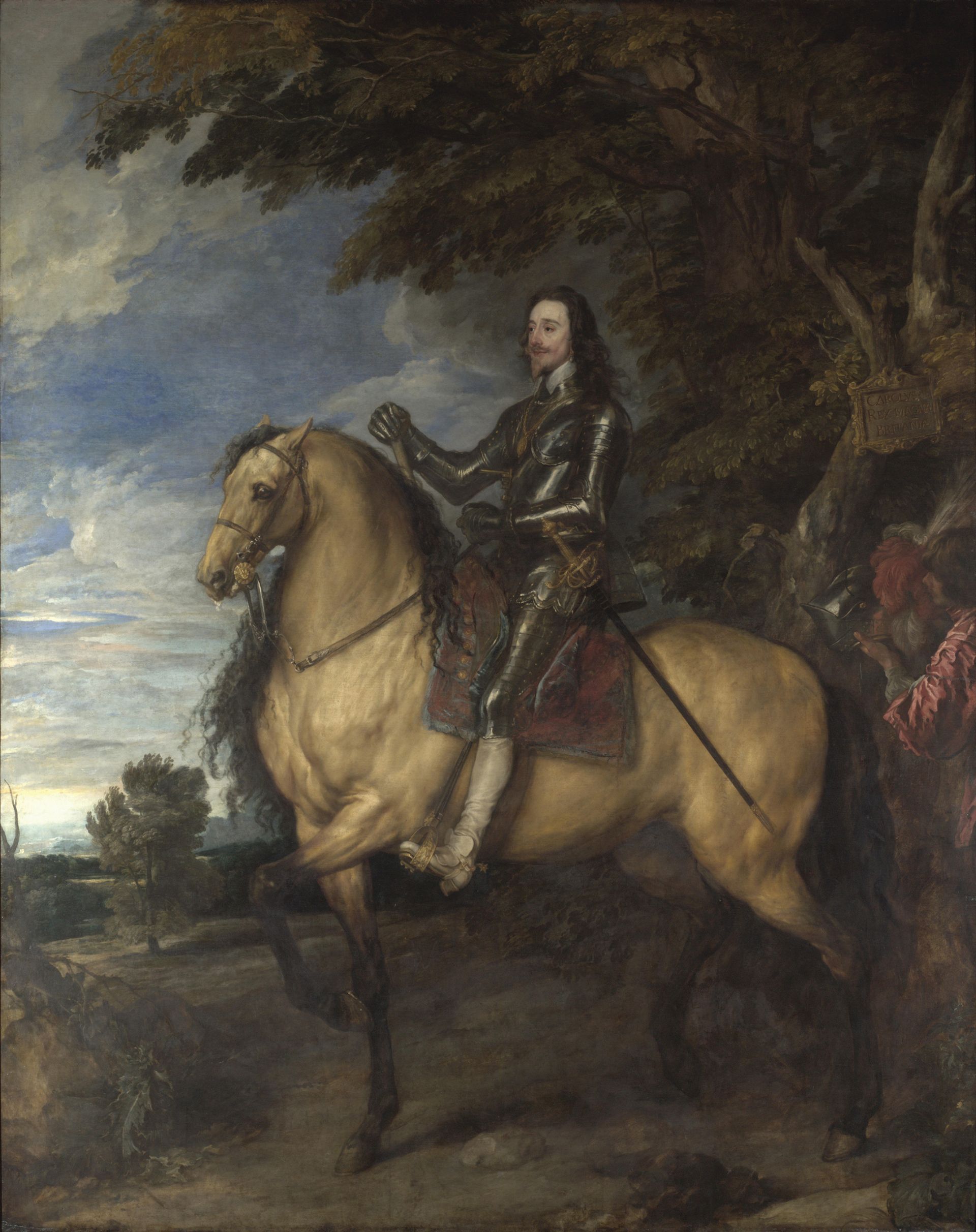The Royal Academy of Arts in London (RA) plans to celebrate its 250th birthday in 2018 with a blockbuster show on the art collection assembled by Charles I.
The Stuart king was one of the greatest English royal collectors, patronising some of the finest artists of his time. However, his unpopular religious policies, his attempt to rule without parliament, and his imposition of illegal taxes resulted in the English Civil War. The Parliamentary forces won, and Charles I was executed in 1649. The king’s paintings were then sold off and dispersed. Research is now under way to identify—and then borrow—rediscovered works from his collection. These will be shown alongside well-known masterpieces from the king’s holdings, including works by Van Dyck and Titian.
An exhibition on Charles I, one of the most important British regal patrons, might seem a natural project for the Royal Collection, but it has a policy of not borrowing works for display. Since loans would be essential for the show, the RA and the Royal Collection are collaborating on what is effectively a joint project. The exhibition will be presented in the RA’s galleries at Burlington House from 27 January to 15 April 2018.
The co-curators, Per Rumberg of the RA and Desmond Shawe-Taylor of the Royal Collection, are leading the search to identify paintings formerly owned by Charles I. Documents in national and royal archives record around 1,200 paintings, of which nearly 200 were reacquired by his son, Charles II. A further 120 have been identified by art historians in other collections. The location of the rest is unknown. The majority have only vague inventory descriptions in official records and, while some may have been destroyed, most have presumably survived, although their royal provenance has been unrecognised. The hope is to add several new discoveries to the show.
The exhibition will show around 100 paintings, with half coming on loan from the Royal Collection. These pictures mainly hang in Buckingham Palace, Windsor Castle and Hampton Court. Although the loan list has not yet been finalised, it will include key Van Dyck portraits. Examples still in the Royal Collection include The Greate Peece (1632), Charles I with M. de St Antoine (1633), the Triple Portrait of Charles I (1636) and The Five Eldest Children of Charles I (1637). Other likely loans include a Rubens self-portrait (1623) and Holbein’s Noli Me Tangere (1528). Discussions are also under way on the nine-strong set of Mantegna’s Triumphs of Caesar (about 1492) from Hampton Court—which would be a coup for the show, since their size and importance means they are rarely lent.
The remainder of the show will consist of loans from major European and US museums. The Louvre in Paris has around 20 paintings from the collection of Charles I, and the Prado in Madrid has around 15. Titians are likely to be requested from both venues, such as the Prado’s Emperor Charles V with a Dog (1533). The Raphael Cartoons of Saints Peter and Paul for tapestries woven in around 1640 at Mortlake in present-day west London may well be requested from the Mobilier National in Paris.

The Van Dyck portrait of Charles I and Henrietta Maria (1632) at Kromeriz in the Czech Republic would also be important. Loan requests are likely to be made to London’s National Gallery for Correggio’s School of Love (about 1525), Rubens’s Peace and War (1630) and Van Dyck’s Equestrian Portrait of Charles I (about 1638). The RA show will also include a cabinet room, mainly with miniatures, all from the Royal Collection, as well as several sculptures.
The Charles I show is due to coincide with the opening of the RA’s major building development to celebrate the anniversary of its creation in 1768. This will involve the refurbishment of its Burlington Gardens building just to the north of the main Burlington House, and there will be a direct walkway linking the two.
The Royal Collection will be mounting its own parallel show on Charles I’s successor monarch, entitled Charles II: Art & Power, at the Queen’s Gallery at Buckingham Palace from 8 December 2017 to 13 May 2018. Charles II became a great patron, partly to glorify the restored Stuart monarchy, and his works have remained in the Royal Collection.

